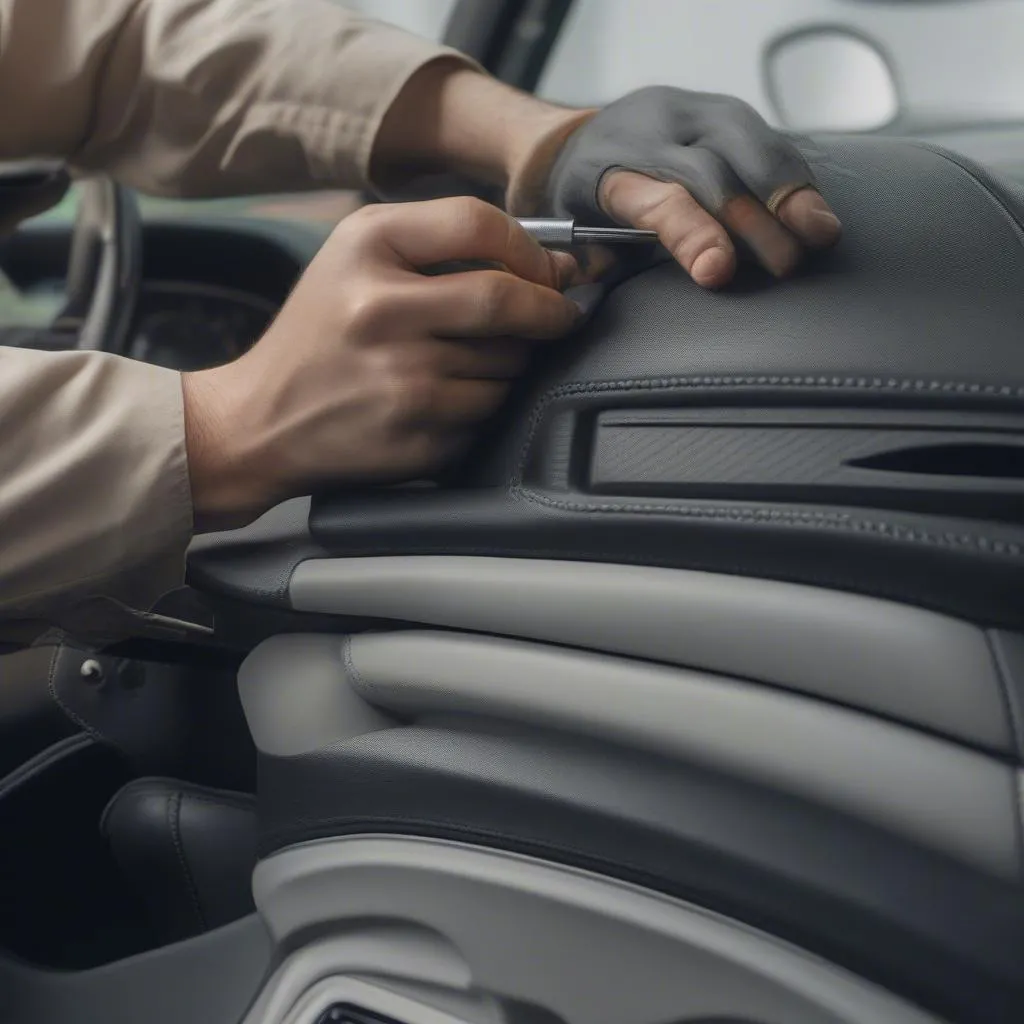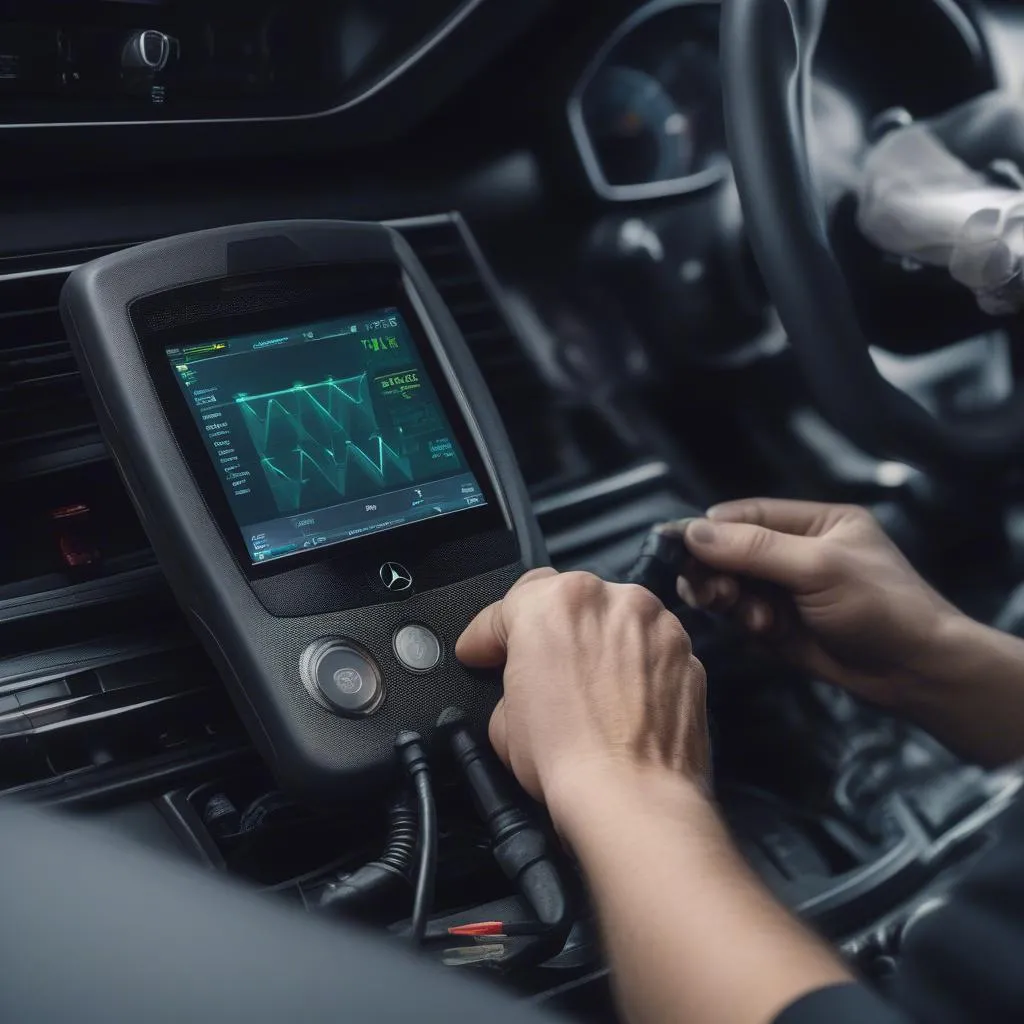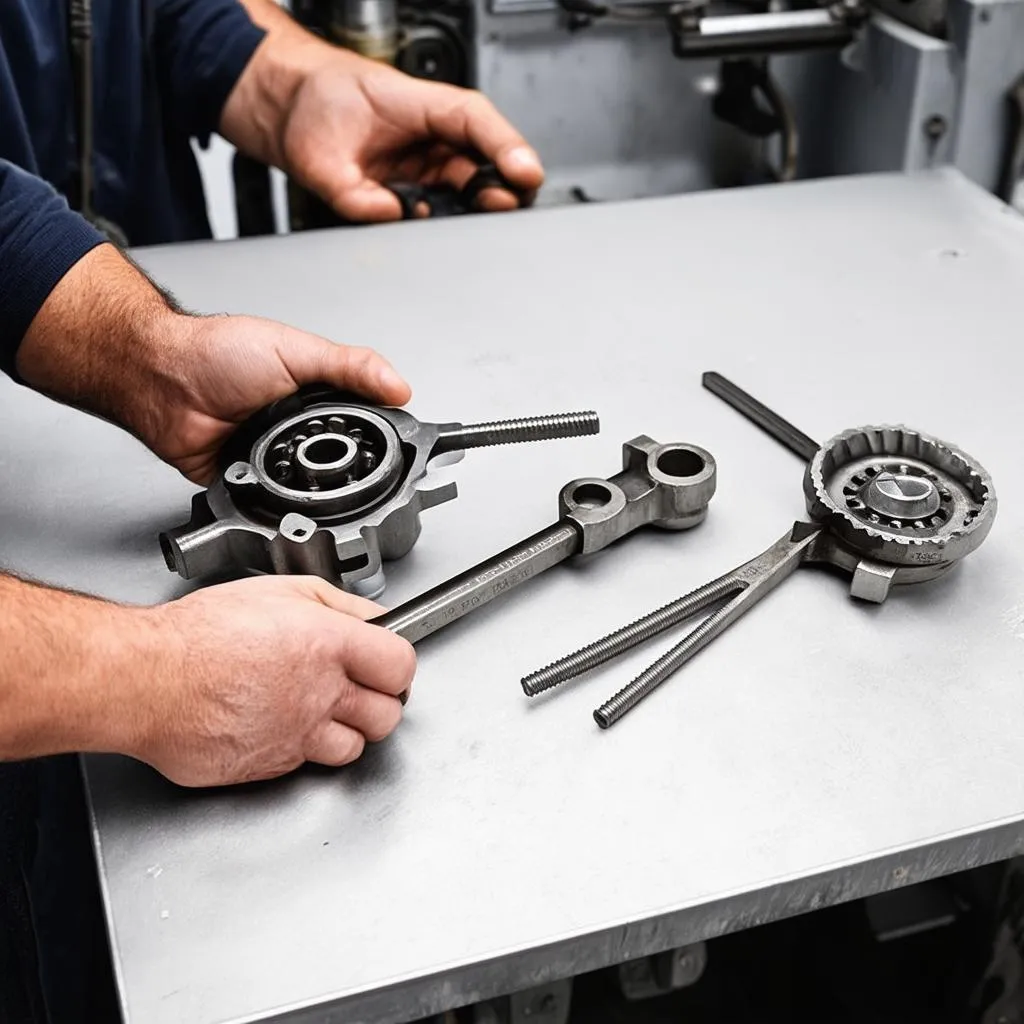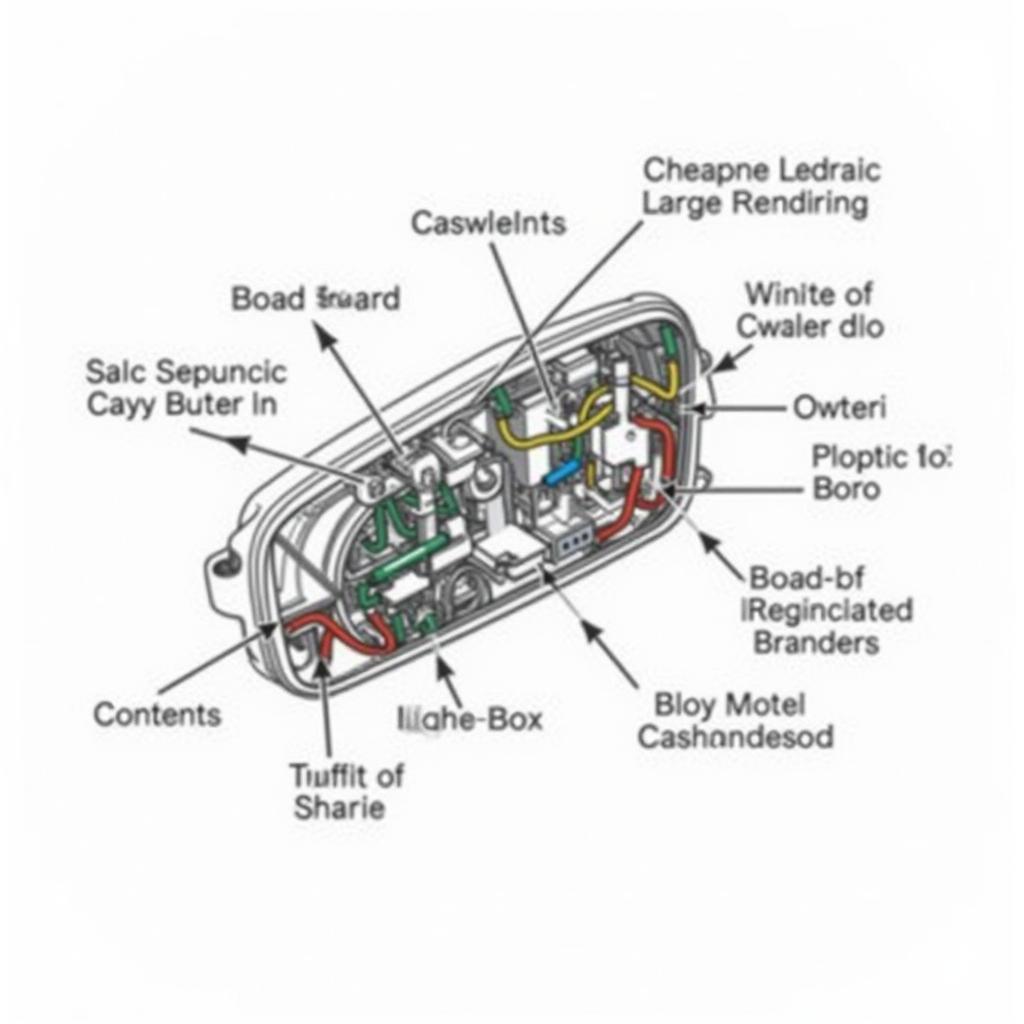Mercedes Benz vehicles are renowned for their luxury and comfort, but even these automotive icons can occasionally have issues – like a stubborn headrest that won’t budge. Whether it’s stuck in an uncomfortable position or blocking your rearview, a malfunctioning headrest can be a real pain in the neck (literally!).
This guide will walk you through common Mercedes Benz headrest problems and provide a detailed, easy-to-follow guide on how to fix them. We’ll cover everything from diagnosing the problem to the tools you’ll need and the step-by-step repair process.
Understanding Mercedes Benz Headrest Problems
Before we jump into fixing the headrest, it’s crucial to understand what’s causing the issue. Here are a few common culprits:
1. Mechanical Failure: Over time, the internal components of the headrest adjustment mechanism, like the cables, clips, or gears, can wear down or break, causing the headrest to get stuck.
2. Electrical Malfunction: Some Mercedes Benz models have electronically adjustable headrests. If there’s a problem with the wiring, fuse, or the headrest motor itself, it can lead to functionality issues.
3. Debris or Obstruction: Dirt, dust, or small objects can find their way into the headrest guides or mechanism, preventing the headrest from moving smoothly or at all.
Identifying the Problem
To effectively fix your Mercedes Benz headrest, you need to pinpoint the root of the issue:
- Check for Visible Obstructions: Examine the headrest guides and the area where it connects to the seatback for any noticeable debris or objects that might be causing the blockage.
- Test the Adjustment Controls: If your Mercedes has electronic headrest controls, try adjusting the headrest in all directions. Pay attention to any unusual noises or a complete lack of response, which might indicate an electrical problem.
- Inspect the Headrest Mechanism (if accessible): If comfortable doing so, and if safe to access, you can partially remove the headrest cover or trim to get a better look at the internal mechanism. Look for any signs of damage or disconnection.
Gathering Your Tools and Materials
Before you begin any repair, it’s essential to have the right tools and materials on hand:
- Screwdriver Set: A set of precision screwdrivers with various sizes and head types will be essential for removing any covers or screws.
- Trim Removal Tools (Optional): These plastic tools help prevent damage to the delicate trim pieces when prying them open.
- Needle-nose Pliers: Helpful for gripping and manipulating small parts or removing any obstructions.
- Vacuum Cleaner with Attachments: Useful for cleaning up any debris found within the headrest mechanism or guides.
- Replacement Parts (if necessary): If you discover broken or worn-out parts during inspection, make sure to order the correct replacements from a reputable Mercedes Benz parts supplier.
Fixing a Mercedes Benz Headrest: Step-by-Step
Disclaimer: The following steps provide a general guide for fixing a Mercedes Benz headrest. Procedures may vary slightly depending on your specific model year and trim. Always consult your vehicle’s owner’s manual or seek professional assistance if you are unsure about any step.
1. Disconnect the Battery (For Electrical Issues): If you suspect an electrical problem, disconnect the negative terminal of your car battery as a safety precaution.
2. Access the Headrest Mechanism: Depending on your Mercedes model, you may need to remove a plastic cover or trim piece at the back of the headrest or on the seatback to access the mechanism.
3. Identify and Address the Issue:
- For Mechanical Problems: Carefully examine the cables, clips, gears, and any other moving parts for signs of wear, damage, or disconnection. Replace or reattach components as needed.
- For Electrical Problems: Inspect the wiring for any loose connections, breaks, or signs of damage. Check the relevant fuses in your vehicle’s fuse box. If you suspect a faulty headrest motor, it will need to be replaced.
- For Debris or Obstructions: Carefully remove any foreign objects or debris from the headrest guides and mechanism using a vacuum cleaner or needle-nose pliers.
4. Lubricate the Mechanism: Apply a small amount of white lithium grease or silicone spray lubricant to the moving parts of the headrest mechanism to ensure smooth operation.
5. Reassemble and Test: Reinstall any removed covers or trim pieces, reconnecting the battery if disconnected. Test the headrest adjustment functionality in all directions to confirm the issue is resolved.
 Mercedes Headrest Repair
Mercedes Headrest Repair
Common Questions About Mercedes Benz Headrest Problems
1. Can I drive with a stuck headrest?
While it’s not illegal to drive with a stuck headrest, it can pose safety risks. A headrest in the wrong position can compromise the effectiveness of the head restraint system in an accident. It’s best to address the issue as soon as possible.
2. Are Mercedes headrest parts expensive?
The cost of Mercedes headrest parts can vary depending on your specific model and whether you need an entire assembly or just a small component.
3. What if I’m not comfortable doing the repair myself?
If you are unsure about any step of the repair process or lack the necessary tools or expertise, it’s always best to seek professional assistance from a qualified Mercedes Benz mechanic.
4. Could a faulty headrest be diagnosed using a car diagnostic tool like those offered by Cardiagtech?
While car diagnostic tools, including some offered by CARDIAGTECH, are excellent for diagnosing engine and other system faults, they might not always detect issues specific to a headrest mechanism, especially if it’s a mechanical problem.
 Car Diagnostic Tool
Car Diagnostic Tool
Conclusion
Fixing a stuck Mercedes Benz headrest doesn’t have to be a daunting task. By following this guide, you can troubleshoot the problem and potentially save yourself a trip to the mechanic. Remember, patience, the right tools, and a bit of know-how can go a long way in keeping your Mercedes running smoothly and your head held high.


